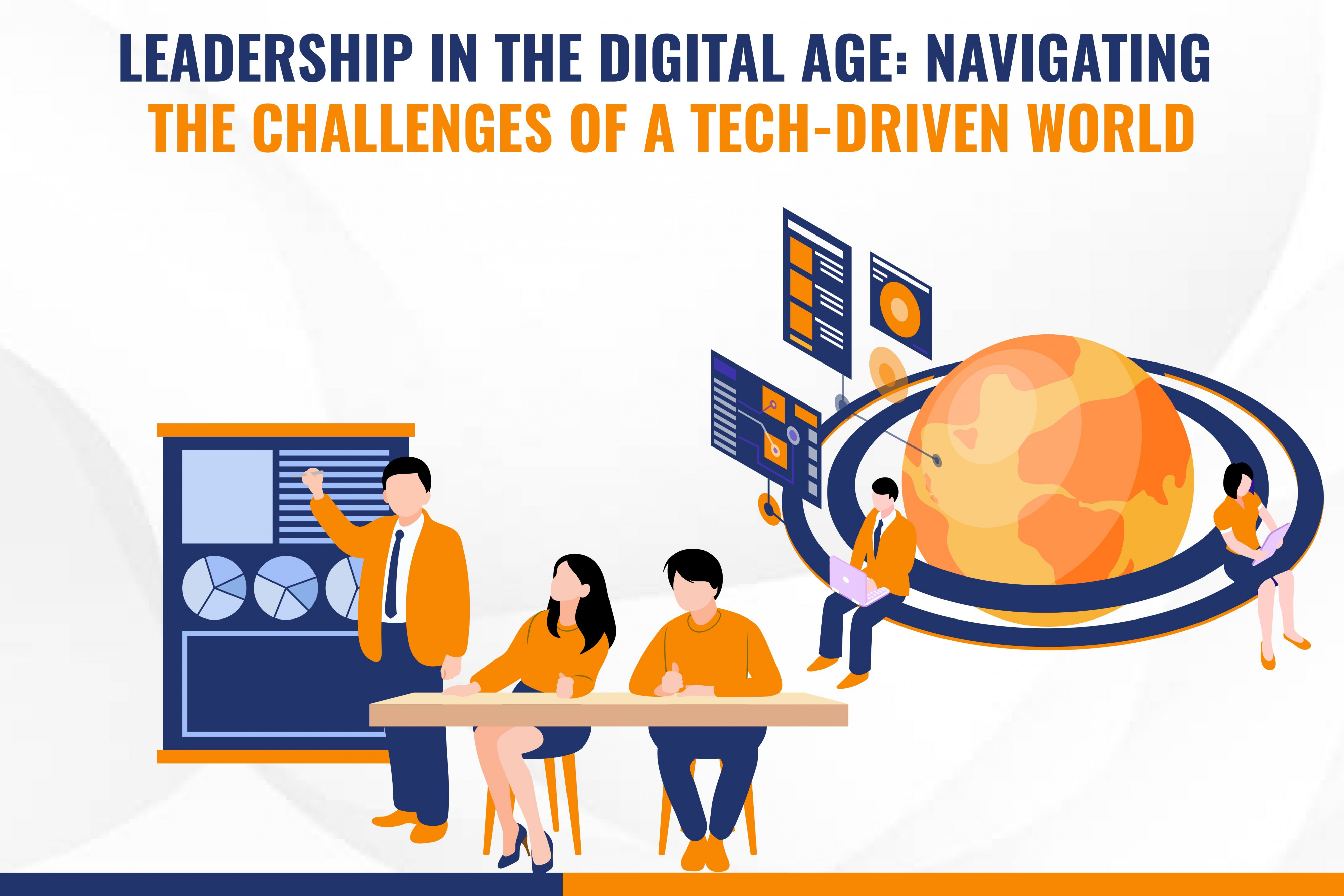“The Cornerstone of the Digital Age: Understanding and Navigating Digital Identity
Artikel Terkait The Cornerstone of the Digital Age: Understanding and Navigating Digital Identity
- Generative Art: Where Code Meets Creativity
- The Metaverse: A Deep Dive Into The Future Of Digital Reality
- Okay, Here’s A Comprehensive Article About NFTs (Non-Fungible Tokens), Aiming For Approximately 1600 Words.
- NFT Licensing: Navigating The Complex World Of Digital Ownership And Commercial Rights
- 1/1 NFTs: The Pinnacle Of Digital Art Ownership
Table of Content
Video tentang The Cornerstone of the Digital Age: Understanding and Navigating Digital Identity
The Cornerstone of the Digital Age: Understanding and Navigating Digital Identity

In an increasingly interconnected world, where our lives are seamlessly woven into the digital fabric, the concept of "digital identity" has emerged as a cornerstone. It’s more than just a username and password; it’s the digital representation of who we are, encompassing our online activities, attributes, and relationships. Understanding digital identity is crucial for individuals, businesses, and governments alike, as it shapes how we interact, transact, and secure our place in the digital landscape.
What is Digital Identity?
At its core, digital identity is the collection of data that uniquely describes a person, organization, or device in the digital realm. This data can be categorized into several key components:
- Identifiers: These are unique pieces of information that distinguish one entity from another. Examples include usernames, email addresses, social security numbers, and device IDs.
- Authentication Factors: These are methods used to verify that an entity is who it claims to be. Passwords, biometric data (fingerprints, facial recognition), and multi-factor authentication (MFA) codes fall into this category.
- Attributes: These are descriptive characteristics associated with an entity, such as name, age, address, occupation, and online behavior.
- Entitlements: These define the permissions and access rights granted to an entity within a specific system or application.
- Relationships: These represent the connections and interactions between different digital identities, such as social media connections, business partnerships, and online communities.

The Significance of Digital Identity
Digital identity plays a pivotal role in various aspects of our lives and the broader digital ecosystem:
- Access and Authentication: It enables secure access to online services, applications, and resources. By verifying identity, systems can grant appropriate permissions and prevent unauthorized access.
- Personalization: Digital identity allows for personalized experiences tailored to individual preferences and needs. Websites and applications can use identity data to provide relevant content, recommendations, and offers.
- Trust and Reputation: A well-managed digital identity can build trust and establish a positive reputation online. This is particularly important for businesses and individuals who rely on online interactions for commerce, communication, and collaboration.
- Compliance and Regulation: Digital identity is essential for complying with various regulations related to data privacy, security, and anti-money laundering (AML).
- Digital Commerce: It facilitates secure online transactions and enables seamless digital payments. Verified digital identities can reduce fraud and build confidence in online marketplaces.
- e-Governance: Digital identity is a cornerstone of e-governance initiatives, enabling citizens to access government services online, participate in democratic processes, and manage their personal information securely.


Challenges and Risks Associated with Digital Identity
While digital identity offers numerous benefits, it also presents significant challenges and risks:
- Identity Theft: Cybercriminals can steal or compromise digital identities to gain unauthorized access to accounts, financial resources, and sensitive information.
- Data Breaches: Data breaches can expose vast amounts of personal data, including digital identity information, to malicious actors.
- Phishing: Phishing attacks trick individuals into revealing their digital identity credentials, such as usernames and passwords.
- Account Takeover: Once a digital identity is compromised, attackers can take control of online accounts and use them for fraudulent purposes.
- Privacy Violations: The collection, storage, and use of digital identity data can raise privacy concerns, particularly if individuals are not aware of how their information is being used.
- Lack of Control: Individuals often have limited control over their digital identities, as their data is scattered across various online platforms and services.
- Identity Fragmentation: The existence of multiple digital identities across different platforms can lead to confusion and difficulty in managing one’s online presence.
- Biometric Risks: Although Biometrics are a secure way to verify a user’s identity, they are not foolproof. There are ways to bypass biometric security measures. If a biometric is compromised, it is compromised forever.
Best Practices for Managing Digital Identity
To mitigate the risks associated with digital identity, individuals and organizations should adopt the following best practices:
- Strong Passwords: Use strong, unique passwords for each online account. Avoid using easily guessable information, such as birthdays or pet names.
- Multi-Factor Authentication (MFA): Enable MFA whenever possible to add an extra layer of security to your accounts.
- Password Managers: Use a reputable password manager to securely store and manage your passwords.
- Be Wary of Phishing: Be cautious of suspicious emails, messages, and websites that ask for your personal information.
- Privacy Settings: Review and adjust the privacy settings on your social media accounts and other online platforms to control who can see your information.
- Regular Monitoring: Regularly monitor your online accounts for suspicious activity and report any unauthorized transactions or changes.
- Data Minimization: Only provide the necessary information when creating online accounts or filling out forms.
- Privacy-Enhancing Technologies: Consider using privacy-enhancing technologies, such as VPNs and encrypted messaging apps, to protect your online activity.
- Identity Governance: Implement robust identity governance policies and procedures to manage digital identities within your organization.
- Access Controls: Enforce strict access controls to limit access to sensitive data and systems.
- Data Encryption: Encrypt sensitive data at rest and in transit to protect it from unauthorized access.
- Security Awareness Training: Provide regular security awareness training to employees to educate them about digital identity risks and best practices.
- Regular Audits: Conduct regular security audits to identify and address vulnerabilities in your digital identity management systems.
The Future of Digital Identity
The field of digital identity is constantly evolving, with new technologies and approaches emerging to address the challenges and opportunities of the digital age. Some key trends shaping the future of digital identity include:
- Decentralized Identity (DID): DIDs empower individuals to control their own digital identities without relying on centralized authorities.
- Blockchain Technology: Blockchain can be used to create secure, transparent, and immutable digital identities.
- Biometric Authentication: Biometric authentication methods, such as facial recognition and fingerprint scanning, are becoming increasingly common for verifying identity.
- Artificial Intelligence (AI): AI can be used to detect and prevent identity fraud, as well as to personalize digital experiences.
- Federated Identity: Federated identity allows users to access multiple online services with a single set of credentials.
- Self-Sovereign Identity (SSI): SSI gives individuals complete control over their digital identities, allowing them to share their data selectively and revoke access at any time.
- Digital Identity Wallets: Digital identity wallets store and manage digital credentials, such as driver’s licenses, passports, and academic credentials.
- Zero-Knowledge Proofs: Zero-knowledge proofs allow individuals to prove their identity without revealing any sensitive information.
Conclusion
Digital identity is a fundamental aspect of the digital age, enabling secure access, personalized experiences, and trusted interactions online. While it presents significant challenges and risks, adopting best practices for managing digital identity can mitigate these risks and unlock the full potential of the digital world. As technology continues to evolve, the future of digital identity will be shaped by decentralized approaches, biometric authentication, and AI-powered solutions, empowering individuals and organizations to navigate the digital landscape with confidence and security.
By understanding the importance of digital identity and taking proactive steps to protect it, we can create a more secure, trustworthy, and inclusive digital future for all.
